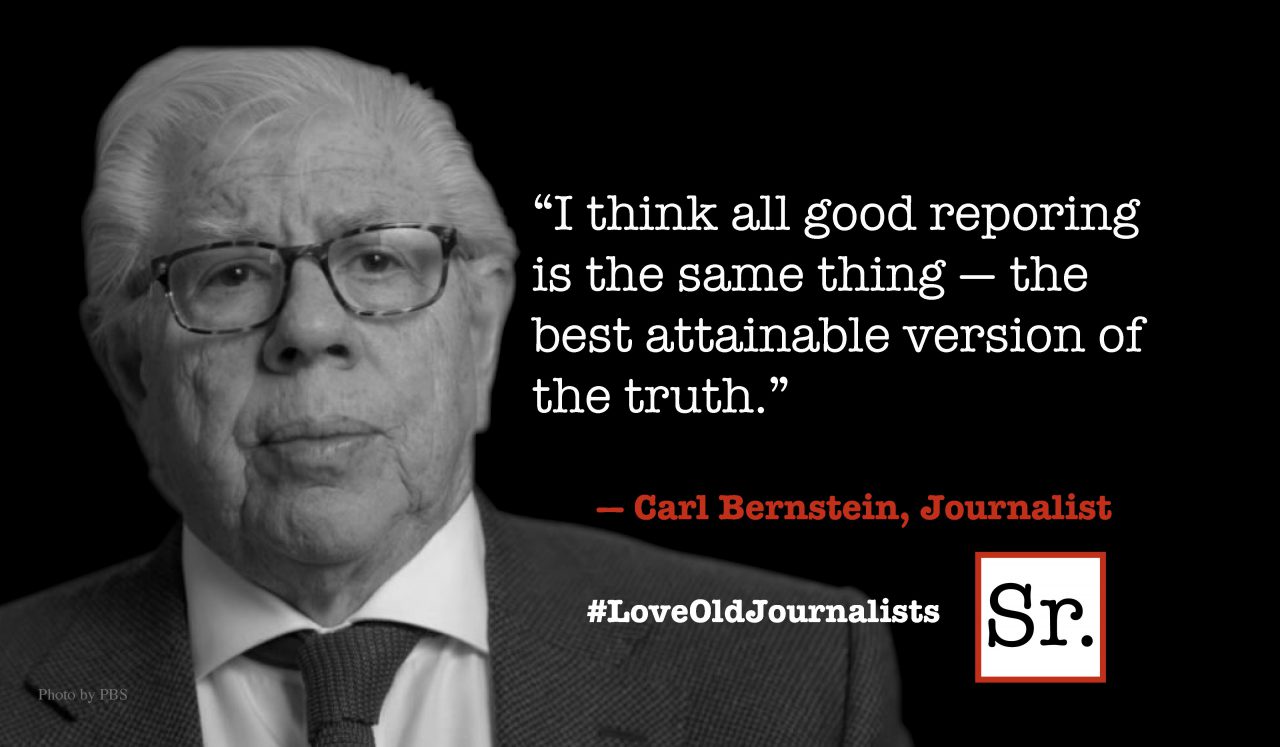The faces of democracy in America today are increasingly those of the people versus the powerful. Too often, these are the faces of angry citizens prepared to defend their rights and freedoms while demanding an end to structural inequality in the face of a relentless corporate oligarchy and a compliant Congress.
The American electorate’s appreciation for a broader, more active involvement in the political and economic life of their country is manifesting itself in ways large and small — all consequential, all a piece of the mosaic called the faces of American democracy.
Thanks to Republican overreach over the last three decades, and, most notably during the administration of George W. Bush, Americans have rediscovered what democracy looks like. They understand anew that for democracy to flourish, it must be nurtured by a citizen’s love of freedom, equity and fair play.
The active participation of hundreds of thousands of angry citizens at the community and state level has infused new life in our politics, sharpened our national discussion, and given new meaning to the term “an empowered electorate.”
This outcome, by the way, was an unintended consequence of years of Republican excesses. They never saw it coming.
The political and economic alienation of the 99 percent by the financial and political elites of the 1 percent spawned the birth of the Occupy Wall Street Movement — and the faces of the movement are now seen worldwide.
An eclectic group of citizens from myriad age, income, and educational and professional backgrounds initially took their non-violent protests to the belly of the beast: Wall Street. The movement is now nationwide and their battle cry is “the problems are not going away so neither is the movement.”
Communities of public employees and their neighbors in Wisconsin, Ohio, and other states banded together to protest discrimination, gross income inequality, and being locked out of the political process. They are faces for change in a tyrannical system that subverts democratic ideals.
In Massachusetts, the newest face of democracy is Elizabeth Warren, a passionate and tireless advocate for the average consumer who declared her candidacy for a U.S. Senate seat against incumbent Scott Brown, a Wall Street favorite son. Her purpose is to bring the voice of millions of forgotten Americans to the halls of Congress.
Other faces are those of heavily indebted students with limited future prospects being brutalized and arrested by law enforcement while peacefully confronting university administrators as silent advocates for change.
The faces include citizens caring enough about each other and the next generation to come together to prevent the Bank of America and JP Morgan Bank from foreclosing on their neighbor’s home. Internal Bank of America documents reveal serious concern about this latest move by the OWS Movement.
Then, there are the faces of more than 400,000 returning veterans from Iraq and Afghanistan who fought to free others from oppression only to discover the fight must also be waged at home. Many of them, too, are demanding to know, “Where are the jobs?” Where are the rights, the protections, and the opportunities they feel are their due?
The faces of democracy have been scarred over time, almost transformed by three decades of misguided policies and programs designed to destroy the middle class and enrich the fortunes of the wealthy. Although those faces may be a bit worn, they survive as a symbol to those who understand and accept that democracy is participatory. Moreover, that it is our collective responsibility as citizens to preserve and protect democracy from those who would sell it to the highest bidder.
Over the past year, the disempowered from our disappearing middle class picked up the gauntlet thrown down by the 1 percent to reject a two-tier economic and justice system. The 99 percent believe they are being left behind in an insider’s game and they proclaim their right to full and equal treatment guaranteed by the Constitution, the Bill of Rights and the Declaration of Independence.
The new faces of democracy in 2011 have become a beacon of hope to the dispossessed, the elderly, and the poor. They, too, bear witness to a level of civic activism dedicated to a new deal: the proposition that greed will only stop when the people make it stop.
If there is a single face that fits everyone from the unemployed steelworker, to the single mother laid off for the past three months, to the white collar professional, it is the lament that “the basic bargain that made this country great has eroded…hard work stopped paying off for too many people.” This is a refrain that may be in vogue for some time to come.
Finally, the faces of democracy also involve voices that want to be part of an informed debate between a newly empowered electorate and those who seek to represent and govern them. That debate about questions of economic inequality will continue to evolve in the months ahead during the electoral season as the American electorate broadens the national discussion to demand a viable present and a future for themselves and their children and grandchildren.
As the angry rich continue to resist demands that they pay their fair share, citizen anger, too, will increase. Disparate groups may find common ground. Our electorate can only hope that the outcome is a renewed America more dedicated to the idea that we are a collective where the interests of no one group are favored over those of another.








